What to Expect From Spinal Injections

If you are experiencing intense pain in your back, neck, legs, or arms that you cannot seem to get rid of, you may be suffering from a pinched nerve in your spinal column. When you have this kind of chronic pain, it can make even the simplest tasks difficult or uncomfortable, and sometimes the pain is not relieved even when sitting or laying down.
If you are experiencing chronic pain and think it may derive from a pinched nerve, you should consult a spinal specialist. Today, there are a number of therapies available to help you, if more conservative measures like over-the-counter pain relievers or physical therapy are not enough. While surgery is sometimes the best solution to a back problem, there are also less invasive measures that may provide you with some relief. One of those measures is an epidural steroid injection.
While not appropriate in every case, a spinal injection provides many patients with long-term pain relief, enabling them to resume normal activities. In addition, the process is relatively quick and is performed in an outpatient setting.
The Spinal Injection Procedure
Your spinal column houses your central nervous system. The nerves that branch out to your arms and legs stem from the spinal column and sometimes, these nerve passages become narrowed. When that happens, nerves can become inflamed and swell, and this is what causes you pain. Inflammation of the nerves can also be exacerbated by other conditions, such as a herniated disc, a bone spur, or arthritis (which causes the discs to degenerate).
The purpose of a spinal injection is to deliver corticosteroids to the specific area of your spine where nerves are inflamed. Steroids reduce inflammation, opening up the nerve passages and alleviating the cause of your pain.
The procedure is fairly straightforward. First, the doctor will usually administer a local anesthetic to the injection site. An X-ray machine will be used to monitor the procedure, and enable the doctor to guide the needle into the dura, a membrane that surrounds the spinal cord. To ensure proper placement of the steroids, the doctor will often first inject dye and track its progress, to make sure that the steroids will be delivered to the proper place. Once proper needle placement is confirmed, the steroids will be injected.
Recovery
Immediately after your injection, you will have to spend a little time in the recovery area for observation. In some cases, patients can have adverse or allergic reactions, and it is important to make sure a patient has responded positively before being released.. After an hour or so, you can be taken home, but you should not operate a vehicle for at least 12 hours. You can eat and drink as normal, including your normal medicines. In about a day, you can resume normal day-to-day activities but should refrain from any strenuous activities for a few days.
The steroids begin working to reduce inflammation in a few days, although it may take up to a week for you to noticeably feel a benefit. Until that time, you may experience some numbness as a result of the anesthetic, or even some pain. If you do not feel relief from your pain after about a week, then chances are that your pain derives from some other cause or source, and you will have to undergo some further testing. However, if the injection is effective, the pain will subside, and relief can last several months. If necessary, you can repeat the procedure when the pain returns.
Possible Side Effects
After any medical procedure, it is important to take note of any adverse effects, including fever, sleeping problems, infection, weakness, or increased pain. While rare, some patients do have serious adverse responses to epidural steroid injections, and if anything does not seem right, notify your doctor immediately.
Pain is always an indication that something is wrong, and if you are experiencing intense pain that does not abate and does not respond to normal pain relief medications, do not ignore it. While modern medicine cannot cure every ailment, there is often some form of therapy that can help you feel better and live a fuller life.
Epidural steroid injections are just one approach to relieving back, neck, or limb pain, but it has provided great benefits to many people. If you would like to find out more about spinal injections to see if they can help you, contact St. Charles Spine Institute today and make an appointment. Together, we’ll diagnose the source of your pain and help you find your way to a pain-free life.
